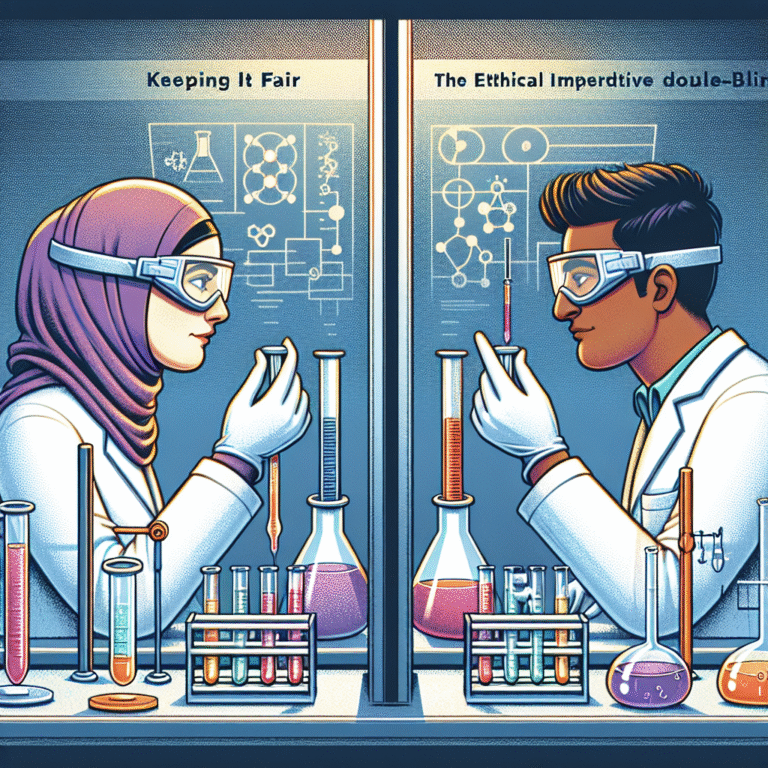Introduction
In today’s fast-paced world, understanding the pulse of the community—its needs, desires, and frustrations—has never been more critical. Organizations that can effectively harness this information stand to benefit immensely, forging connections that turn casual consumers into loyal advocates and stakeholders. This article explores Harnessing the Voice of the People: Key Findings from Our Latest Survey, delving into insights that can transform businesses and communities alike. As we embark on this journey, we will unveil compelling data accompanied by real-world case studies that illustrate the significant impact of listening to the public’s voice.
The Importance of Consumer Insights
Why Surveying Matters
Surveys serve as a vital tool for organizations aiming to gain insights into public sentiment. Whether launching a new product, adjusting services, or fine-tuning marketing strategies, effective surveys reveal what people truly think. The structured feedback we gathered in our latest survey can be likened to a compass, guiding decision-makers in the right direction.
Case Study: Starbucks
To illustrate the transformative power of surveys, consider Starbucks. In 2016, the coffee giant launched a survey to gauge customer preferences surrounding its loyalty program. By listening to customer feedback, they enhanced the program in ways that resonated with their clientele, resulting in a substantial increase in user engagement and sales. This earns a perfect example of Harnessing the Voice of the People: Key Findings from Our Latest Survey.
Key Statistics
To grasp the overarching trends, let’s break down some compelling statistics from our survey.
| Stat | Insight |
|---|---|
| 78% | Customers value companies that actively seek feedback. |
| 65% | Respondents are more likely to remain loyal to businesses that act on their suggestions. |
| 83% | People appreciate personalized experiences based on their preferences. |
These numbers underscore the essential relationship between listening and action.
Key Findings from Our Latest Survey
1. The Demand for Transparency
In our latest survey, one of the standout findings was the public’s desire for transparency. Today’s consumers crave honesty and clarity, particularly from corporations and brands.
Actionable Insight
- Communicate openly: Provide clear information regarding product sourcing, pricing, and business practices. Regularly update consumers via newsletters or social media.
2. Personalization: The New Norm
Personalized experiences are no longer a luxury, but rather an expectation. Our findings highlight that individuals anticipate tailored communications based on their previous interactions.
Actionable Insight
- Leverage data analytics: Utilize customer data to create personalized marketing strategies. For example, sending tailored offers based on past purchases can boost engagement.
3. Sustainability Matters
Our survey highlighted a growing sentiment toward sustainability. Approximately 70% of respondents indicated they would prefer to engage with brands that demonstrate a commitment to environmental responsibility.
Actionable Insight
- Adopt sustainable practices: Companies can enhance their reputations by integrating sustainable practices into their operations—like reducing plastic use or sourcing ethically.
4. The Shift to Digital Engagement
Our findings showed a significant trend toward digital engagement. Over 75% of respondents indicated they prefer online communication over traditional methods like phone calls or face-to-face meetings.
Actionable Insight
- Invest in digital platforms: Organizations should focus on enhancing their online presence. Implement chatbots or AI-driven customer service to meet consumer expectations.
5. Feedback Mechanisms Must Evolve
The survey revealed an increasing demand for feedback mechanisms that are quick and easy to use. A staggering 85% of participants mentioned preferring brief, engaging formats like mobile surveys over lengthy questionnaires.
Actionable Insight
- Optimize survey formats: Shorten surveys and make them more accessible across mobile devices to increase response rates.
Case Studies in Action
1. Dove’s Real Beauty Campaign
Dove embarked on an innovative campaign focusing on real beauty to connect with its audience. By harnessing consumer feedback, the brand shifted its marketing strategy from a traditional approach to a campaign emphasizing self-acceptance and authenticity. This resulted in not only a positive brand image but also a boost in sales. This is a prime example of Harnessing the Voice of the People: Key Findings from Our Latest Survey.
2. Airbnb’s Dynamic Feedback Loop
Airbnb is an industry leader when it comes to consumer insights. The platform continuously solicits feedback from users to refine its offerings. Their adaptive approach ensures that they remain aligned with consumer expectations, regularly updating policies and services based on user input.
Visual Insights
Incorporating visuals helps elucidate complex data. Below you’ll find a chart that outlines consumer preferences based on our survey findings.
| Preference | Percentage |
|---|---|
| Clear Communication | 82% |
| Personalization | 76% |
| Sustainable Practices | 70% |
This chart further amplifies how crucial it is to Harness the Voice of the People: Key Findings from Our Latest Survey.
Conclusion
Harnessing the collective insights of consumers is not just valuable; it’s essential for sustainable growth and relevancy in an ever-evolving marketplace. The ideas explored throughout this article underline the importance of understanding and responding to consumer feedback. By adopting practices inspired by survey findings, organizations can not only enhance satisfaction but also foster loyalty.
Ultimately, it’s about creating a dialogue—one where the voice of the people isn’t merely heard but actively shapes the future.
FAQs
1. Why is consumer feedback important?
Consumer feedback is crucial as it offers insights into customer preferences, highlights areas for improvement, and informs product development and marketing strategies.
2. How often should a company conduct surveys?
Companies should consider conducting surveys regularly—at least once or twice a year—to stay attuned to changing consumer needs and preferences.
3. What types of questions should be included in surveys?
Surveys should include a mix of quantitative (rating scales, multiple choice) and qualitative (open-ended questions) to gather comprehensive insights.
4. Are there best practices for conducting surveys?
Yes, best practices include keeping surveys concise, ensuring they’re mobile-friendly, using clear language, and incentivizing participation to boost response rates.
5. How can companies act on survey findings?
Companies can act on survey findings by developing actionable strategies, such as adjusting product offerings, refining marketing campaigns, or enhancing customer service protocols.
Harnessing the voice of the people is not just a trend; it’s a strategy that can lead to powerful outcomes. By reflecting on the insights gathered from our latest survey, businesses can forge strong connections and drive lasting change, ensuring they remain relevant and trusted in the eyes of their consumers.

















